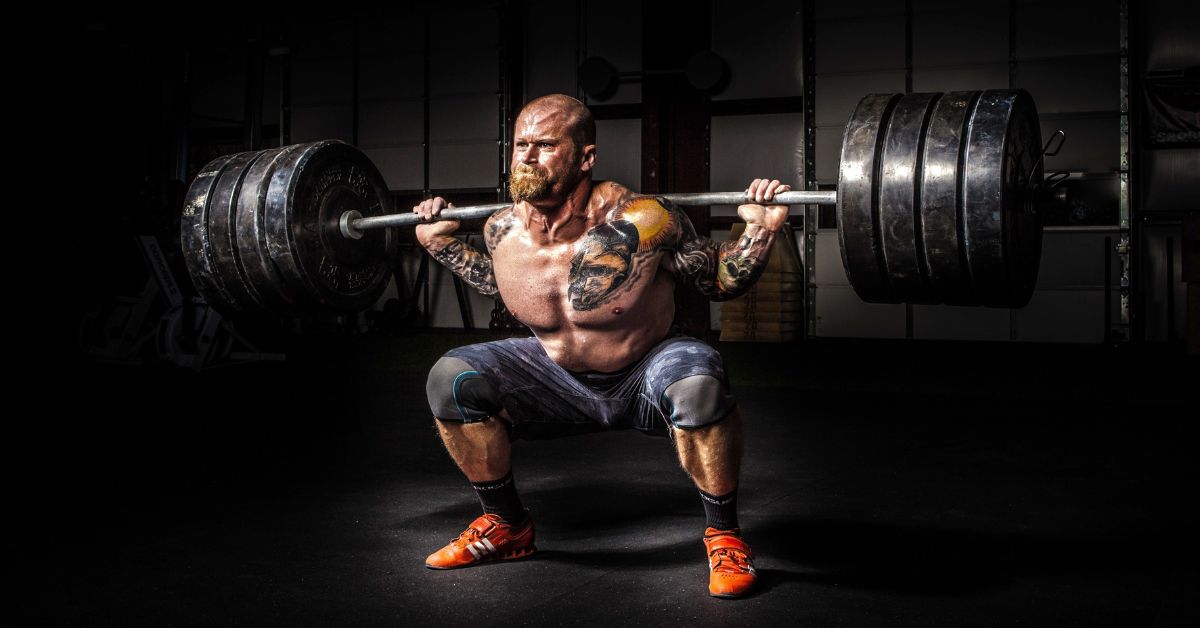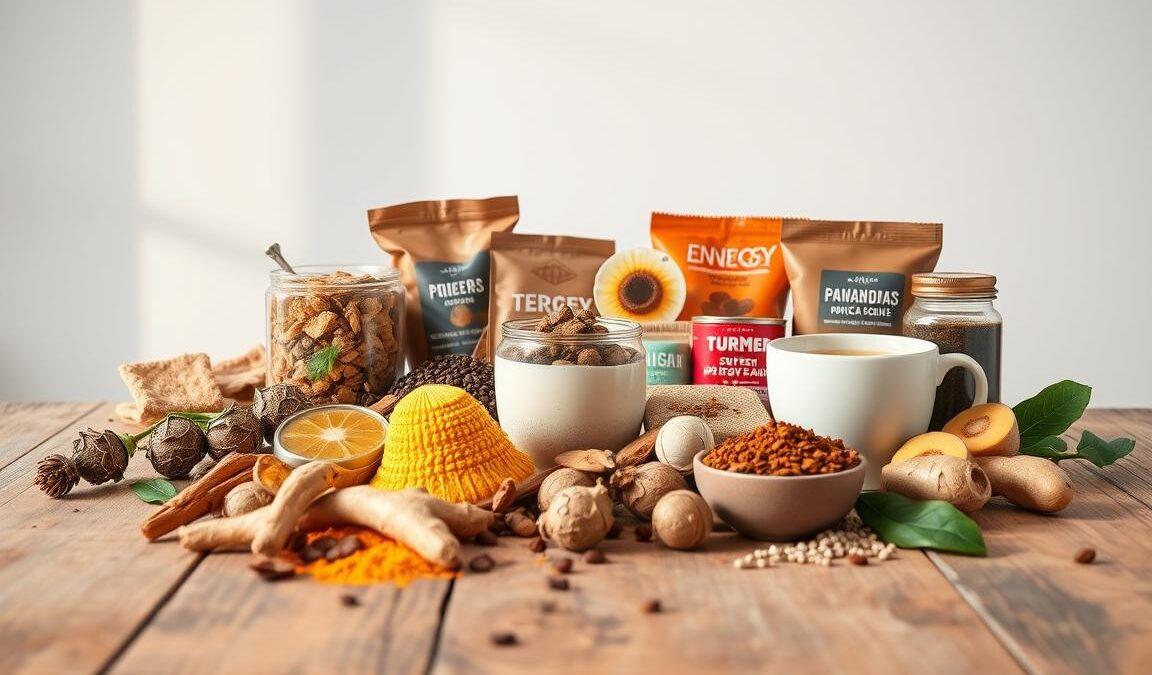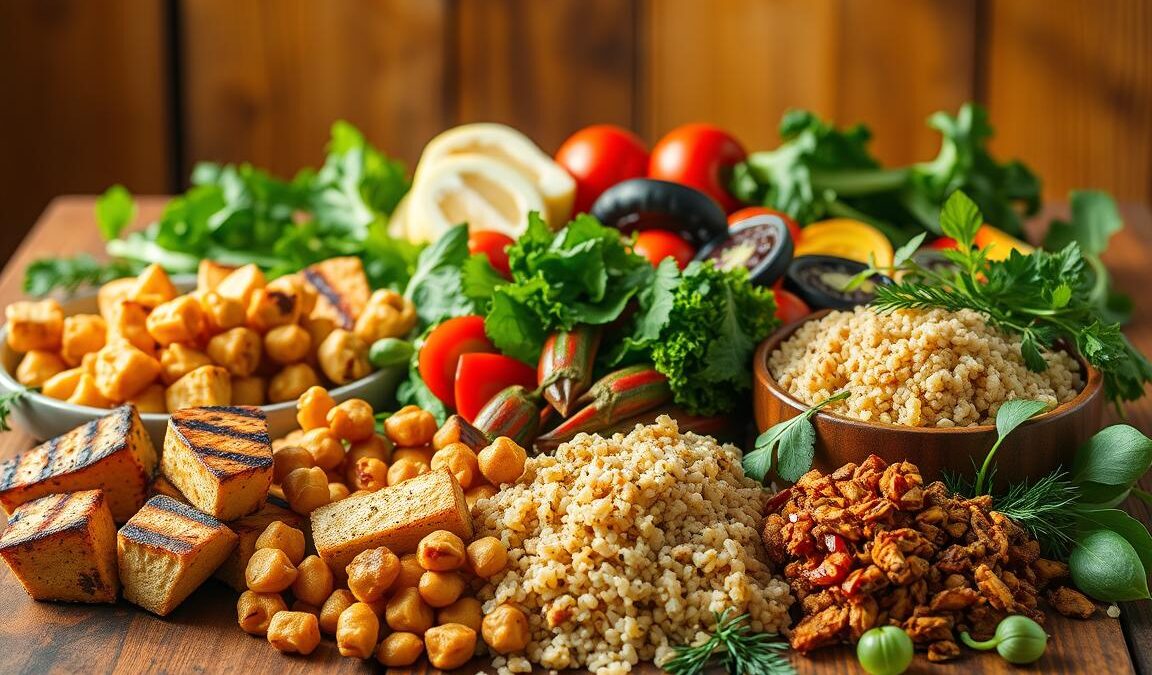
Push Pull Legs Workout Routine: A Complete Guide
The Push Pull Legs (PPL) routine is highly regarded for its efficiency and balanced approach to fitness. By targeting all major muscle groups, this workout routine promotes comprehensive muscle development and optimal recovery. Whether you’re a beginner or an expert, the push pull legs workout can be customized to meet your specific fitness goals. In this guide, we’ll explore the details of a good a good push pull legs workout routine, including its benefits and how to implement it effectively. You’ll find detailed exercise recommendations for each day, along with tips for maximizing your results. Additionally, we’ll provide insights on how to adapt the routine to meet your individual needs. Let’s dive in.
What is the Push Pull Legs Workout Routine?
The Push-Pull Legs (PPL) routine is a popular and highly effective workout plan that divides training into three distinct categories: push, pull, and legs. This structure allows for a balanced approach to muscle development, ensuring all major muscle groups are targeted efficiently.
Push Day focuses on exercises that involve pushing movements. These typically work the chest, shoulders, and triceps. Common exercises include bench presses, overhead presses, and tricep dips. By grouping these muscles together, you can maximize the efficiency of your workout and promote balanced development.
Pull Day centers on pulling movements, which primarily target the back and biceps. Key exercises include deadlifts, pull-ups, and barbell rows. This day ensures that the muscles responsible for pulling actions are worked thoroughly, enhancing your overall strength and muscle balance.
Legs Day is dedicated to exercises that work the lower body, including the quads, hamstrings, glutes, and calves. Squats, leg presses, and hamstring curls are typical exercises for this day. This focus on the lower body helps to build a strong foundation and supports overall athletic performance.
Is Push Pull Legs a Good Routine?
The Push-Pull Legs (PPL) routine is widely regarded as an excellent workout plan for several reasons. Its structured approach ensures balanced muscle development, targeting all major muscle groups efficiently across three distinct days: push, pull, and legs. This method not only maximizes workout effectiveness but also allows for optimal recovery time between sessions.
One of the key benefits of the push pull leg workout routine is its flexibility. It can be adapted to suit different fitness levels and goals. Beginners can start with a three-day cycle, while more advanced lifters can increase the frequency to a six-day cycle. This ensures that each muscle group is trained twice a week. This adaptability makes it an ideal choice for anyone looking to improve their strength and physique.
Additionally, the PPL routine supports progressive overload, a fundamental principle for muscle growth. By focusing on specific muscle groups each day, you can incorporate a variety of exercises. You can progressively increase the weight and intensity over time. This targeted approach helps prevent plateaus and keeps your workouts challenging and effective.
Moreover, the PPL routine simplifies workout planning and execution. With clear guidelines on which muscle groups to train each day, you can design your workouts with precision. This ensures that you cover all essential exercises. This structure also helps in maintaining consistency, which is crucial for long-term fitness success.
An Example of Push Pull Legs Workout Routine
The Push-Pull Legs (PPL) workout routine is designed to efficiently target all major muscle groups across three distinct workout days. Here’s a detailed example of what a typical PPL routine might look like:
Push Day
Push Day focuses on exercises involving pushing movements that work the chest, shoulders, and triceps. Here’s a sample Push Day workout:
- Bench Press: 4 sets of 8-12 reps
- Overhead Press: 3 sets of 8-12 reps
- Incline Dumbbell Press: 3 sets of 8-12 reps
- Lateral Raises: 3 sets of 12-15 reps
- Tricep Dips: 3 sets of 8-12 reps
- Tricep Pushdowns: 3 sets of 12-15 reps
Pull Day
Pull Day centers on exercises involving pulling movements, targeting the back and biceps. A sample Pull Day workout might include:
- Deadlift: 4 sets of 6-8 reps
- Pull-Ups: 4 sets of 6-10 reps
- Bent-Over Rows: 3 sets of 8-12 reps
- Face Pulls: 3 sets of 12-15 reps
- Barbell Bicep Curls: 3 sets of 8-12 reps
- Hammer Curls: 3 sets of 12-15 reps
Legs Day
Legs Day is dedicated to exercises that target the lower body, including the quads, hamstrings, glutes, and calves. Here’s a sample Legs Day workout:
- Squats: 4 sets of 8-12 reps
- Leg Press: 3 sets of 8-12 reps
- Romanian Deadlifts: 3 sets of 8-12 reps
- Leg Curls: 3 sets of 12-15 reps
- Calf Raises: 4 sets of 15-20 reps
- Walking Lunges: 3 sets of 12-15 reps (each leg)
Tips for Maximizing Results of Push Pull Legs Workout Routine
To get the most out of your Push-Pull Legs (PPL) routine, it’s essential to implement strategies that enhance performance, promote muscle growth, and prevent plateaus. Here are some key tips to help you maximize your results:
1. Focus on Progressive Overload
One of the most important principles in any workout program is progressive overload. Gradually increase the weight, reps, or sets over time to continuously challenge your muscles. This encourages muscle growth and strength gains. Track your progress and aim to improve each week, whether it’s adding weight to your lifts or increasing the number of reps per set.
2. Prioritize Proper Form
Maintaining proper form is crucial for preventing injuries and ensuring that you are targeting the right muscles. Focus on performing each exercise with correct technique, even if it means lifting lighter weights. Good form will help you build muscle more effectively and reduce the risk of injury.
3. Incorporate Compound Movements
Compound exercises like squats, deadlifts, bench presses, and pull-ups should be the foundation of your Push-Pull Legs routine. These exercises engage multiple muscle groups, allowing you to lift heavier weights and stimulate more muscle fibers. This leads to greater strength and hypertrophy.
4. Allow for Adequate Recovery
Muscle growth occurs during rest, not during the workout itself. Make sure you give your muscles time to recover between sessions, especially if you’re training with high intensity. Aim for at least one rest day between workout days to allow for proper recovery. Sleep is also crucial, as it helps with muscle repair and growth.
5. Maintain a Balanced Diet
A well-rounded diet is key to maximizing the benefits of your PPL routine. Ensure you’re consuming enough protein to support muscle repair and growth. Aim for a balanced intake of carbs for energy and healthy fats for overall well-being. Consider eating nutrient-dense meals to fuel your workouts and promote recovery.
6. Stay Consistent
Consistency is essential for seeing long-term results. Stick to your PPL routine and aim to train regularly without skipping workouts. If you need to adjust the frequency or intensity of your workouts to fit your schedule, do so, but make sure you’re staying committed to the process.
7. Mix Up Your Routine
While consistency is important, it’s also beneficial to change things up every few weeks. This can prevent boredom and help you break through plateaus. You can vary your rep ranges, change the order of exercises, or try different variations of the movements to keep your muscles guessing.
8. Use Proper Warm-Up and Cool-Down Techniques
Warming up before your workout helps prepare your muscles and joints for the physical demands of lifting. Include dynamic stretches or light cardio to get your blood flowing. Similarly, cooling down after your workout with static stretches can help improve flexibility, reduce soreness, and promote recovery.
Read More: Cable Arm Workouts: A Comprehensive Guide
Conclusion
The Push Pull Legs (PPL) routine is a highly effective workout plan for balanced muscle growth and strength. It offers flexibility for various fitness levels, allowing you to tailor the frequency and intensity of workouts. Focus on progressive overload, maintain proper form, and prioritize recovery to maximize your results. A PPL routine is an excellent choice for building muscle and achieving long-term fitness goals, regardless of your skill level.



